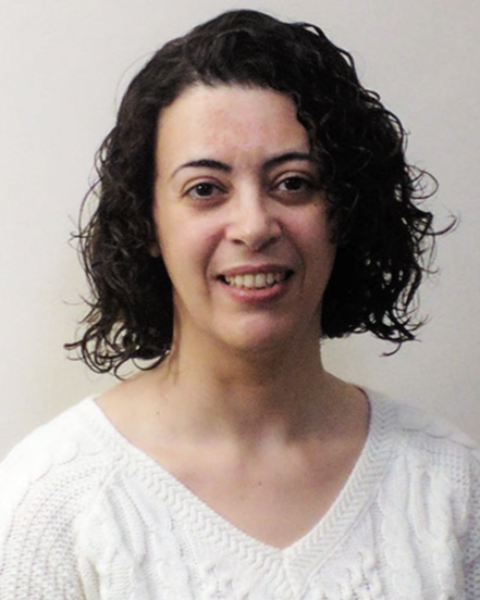Conference Presentation
Research and Scholarship
Medical Writing for Continuing Education in the Health Professions: A Competency Model (Level 3)
Wednesday, February 7, 2024
2:00 PM - 3:00 PM CST
Location: Nottoway

Haifa Kassis, MD
President
Crisp Writing, LLC
Donald M. Harting, MA, MS, ELS, CHCP
President
Harting Communications LLC
Primary Presenter(s)
Co-Presenter(s)
Session Description: Medical writers develop a wide range of educational materials to assist accredited continuing medical education/continuing professional development (CME/CPD) providers in planning and delivering effective programs.1-4 For example, medical writers frequently develop needs assessments that are included in educational grant proposals. After commercial support has been obtained, medical writers may also collaborate with faculty to create educational content called for by funded proposals. In many cases, the accredited providers are medical education companies or healthcare professional membership societies. Crafting fair-balanced, clinically valid, and engaging educational content that is worthy of accreditation requires a variety of advanced writing skills. This writing task has become even more challenging recently due to the growing emphasis on obtaining and reporting measurable learning outcomes. Demand for skilled medical writers is strong: commercial support grew by 32% in the past decade according to figures compiled by the ACCME, and medical education company executives report anecdotally that they cannot find writers with the skills they need. Yet, until now there has been no competency roadmap for medical writers specializing in CME/CPD to hone their expertise.
In this session, you will learn about the first competency model developed specifically for medical writers who wish to excel in the field of accredited continuing education in the health professions. To develop this model we conducted a Delphi research study. Beginning in January of 2022 we conducted a literature review, assembled a small advisory group, then recruited a larger, well-balanced panel of 20 experts, including experienced CME/CPD writers, teachers, and hiring executives at medical education companies. Over three successive rounds of questionnaires, these expert stakeholders identified 38 knowledge areas, skills, and attitudes (KSAs) needed by writers who wish to excel in the field of accredited CME/CPD. The expert panel also identified 6 in-demand assignments these writers should be able to deliver.
This new competency model for CME/CPD writers is designed to be easy to use. A writer who is new to the field can review the required KSAs and self-assess their competence. If gaps are detected, the self-directed learner can set about the task of closing those gaps by seeking training resources offered by the Alliance, AMWA, and other organizations. Similarly, a department head at a medium- or large-sized medical education company or healthcare professional society can review the competency model and use it to develop in-service training programs, mentorships, or internships to grow a larger pool of talented writers who can develop not just high-quality needs assessments but also top-notch outcome questions, slide decks, interactive patient case studies, agendas for proposed programs, and scripts for video or audio recordings.
In this session, you will learn about the first competency model developed specifically for medical writers who wish to excel in the field of accredited continuing education in the health professions. To develop this model we conducted a Delphi research study. Beginning in January of 2022 we conducted a literature review, assembled a small advisory group, then recruited a larger, well-balanced panel of 20 experts, including experienced CME/CPD writers, teachers, and hiring executives at medical education companies. Over three successive rounds of questionnaires, these expert stakeholders identified 38 knowledge areas, skills, and attitudes (KSAs) needed by writers who wish to excel in the field of accredited CME/CPD. The expert panel also identified 6 in-demand assignments these writers should be able to deliver.
This new competency model for CME/CPD writers is designed to be easy to use. A writer who is new to the field can review the required KSAs and self-assess their competence. If gaps are detected, the self-directed learner can set about the task of closing those gaps by seeking training resources offered by the Alliance, AMWA, and other organizations. Similarly, a department head at a medium- or large-sized medical education company or healthcare professional society can review the competency model and use it to develop in-service training programs, mentorships, or internships to grow a larger pool of talented writers who can develop not just high-quality needs assessments but also top-notch outcome questions, slide decks, interactive patient case studies, agendas for proposed programs, and scripts for video or audio recordings.
Learning Objectives:
- Recall the knowledge areas, skills, and attitudes needed to excel in CME/CPD writing.
- Identify 6 in-demand deliverables that competent CME/CPD writers should be able to develop.
- Assemble a toolbox of training resources you can use to upskill your staff and freelance writers and content developers.
